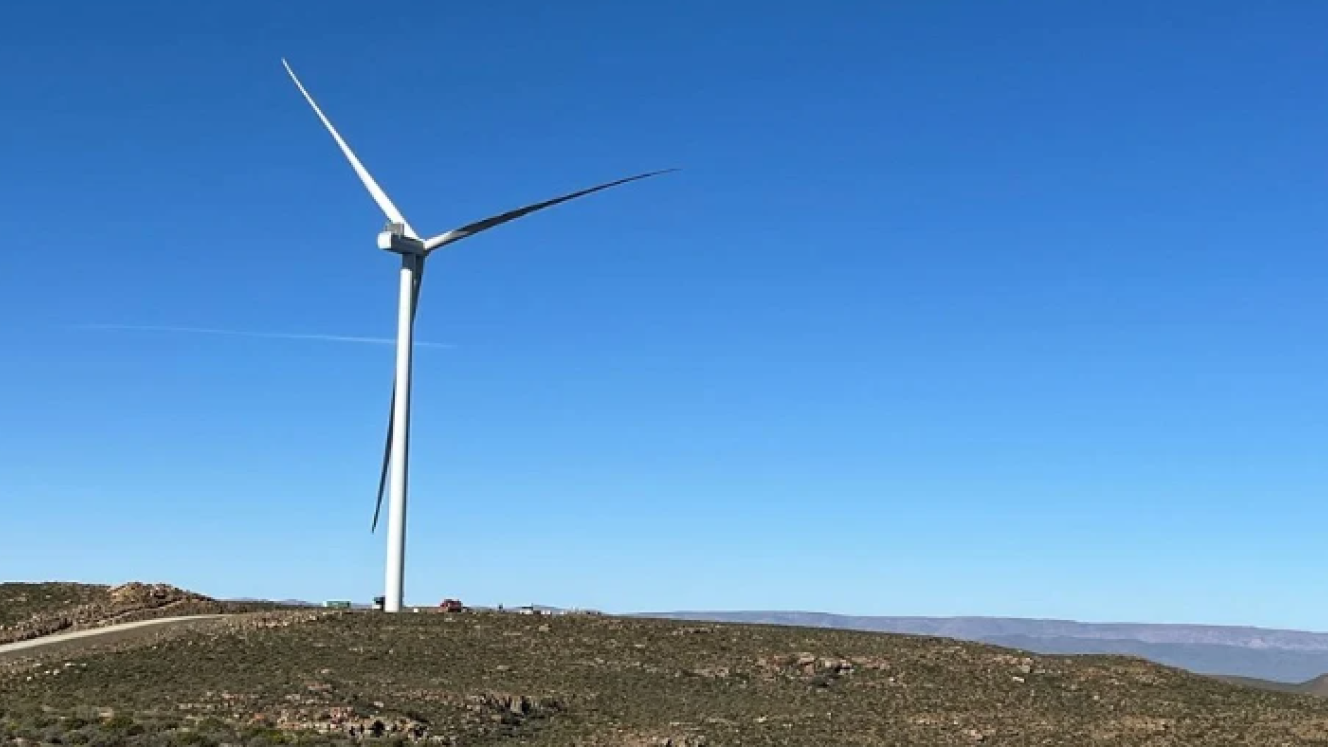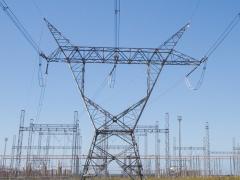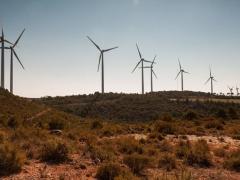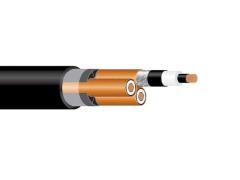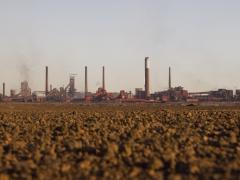Sasol has unveiled a potential interim gas strategy that could buy South Africa an additional 24 months to stave off the well-flagged “gas cliff” threatening the country’s industrial users as depleting gas reserves from Mozambique edge closer to exhaustion, says Chris Yelland, MD of EE Business Intelligence.
Sasol has confirmed it is working on a plan to redirect methane-rich gas (MRG) – a synthetic gas produced at its Secunda operations – as a stopgap measure to maintain gas supplies from mid-2028 (when Sasol’s Mozambican fields are projected to end) through to mid-2030.
This synthetic alternative would fully replace natural gas volumes for contracted external customers over the two-year bridging period, offering South Africa much-needed breathing space to finalise and commission liquefied natural gas (LNG) import infrastructure.
MRG as a strategic bridge
The proposed MRG solution, while promising, does not come without trade-offs. Redirecting synthetic gas for external supply will require internal process adjustments at Sasol’s Secunda facility and would result in a reduction in the output of chemicals and liquid fuels. However, the company sees the move as essential to upholding security of energy supply and retaining industrial continuity.
The viability of this stopgap hinges on regulatory and technical feasibility. Sasol has begun formal engagements with the National Energy Regulator of South Africa (NERSA) to obtain approval for a new maximum gas price (MGP) that would reflect the true cost of producing MRG – a cost notably higher than current natural gas prices regulated by NERSA.
Internally, Sasol’s own pricing models show that the synthetic gas has historically been undervalued with Sasol Gas purchasing it below cost – a situation the company says must change to ensure the bridging plan is economically sustainable.
Regulatory hurdles ahead
Sasol is urging NERSA to recognise the urgency and exceptional nature of this interim measure as the production and supply of MRG is not a permanent solution but rather a limited-term emergency intervention to mitigate the gas shortfall. Should the MGP process move forward successfully, Sasol plans to open discussions with customers to secure volume commitments and contractual terms tailored to the 2028-2030 window.
The plan hinges on pricing approval – without it, the MRG bridge simply won’t happen.
Technical readiness is another critical factor. Any shift from natural to synthetic gas would necessitate detailed assessments and potential upgrades to customer transmission, distribution and usage infrastructure to ensure compatibility with MRG’s different specifications.
LNG import delays raise stakes
The urgency of the bridging solution is compounded by delays in the rollout of South Africa’s long-term LNG import plans. Despite support from customers and government alike, progress in LNG infrastructure has lagged behind original timelines, partly due to insufficient demand aggregation and the slow development of gas-to-power projects, which are essential to underpin the economies of scale required to make LNG importation viable.
Without a committed anchor demand base and supporting infrastructure, there is growing concern that LNG will not be operational by the mid-2028 deadline.
Market implications and industrial impact
For South African industry, the news could not come at a more pivotal time. Companies in sectors such as steel, glass, chemicals and food processing are heavily reliant on natural gas as a feedstock or energy source. Many have been scrambling for alternative fuels, contemplating relocations or scaling down operations. The assurance of a 24-month MRG bridge allows industries to adjust and align their strategies with the evolving LNG rollout.
However, this interim relief will likely come at a premium. MRG production is more expensive and subject to regulatory approval of new pricing structures and customers may face gas price increases from 2028 onward.
While the solution is technically feasible and a regulatory pathway is now being pursued, the success of the plan will hinge on swift and pragmatic regulatory decisions, customer buy-in and infrastructure readiness.
The proposed MRG bridge is not a silver bullet but it may be the only viable path to ensure continuity of supply – and, by extension, industrial survival until LNG finally comes online.
The next six months will be decisive.

